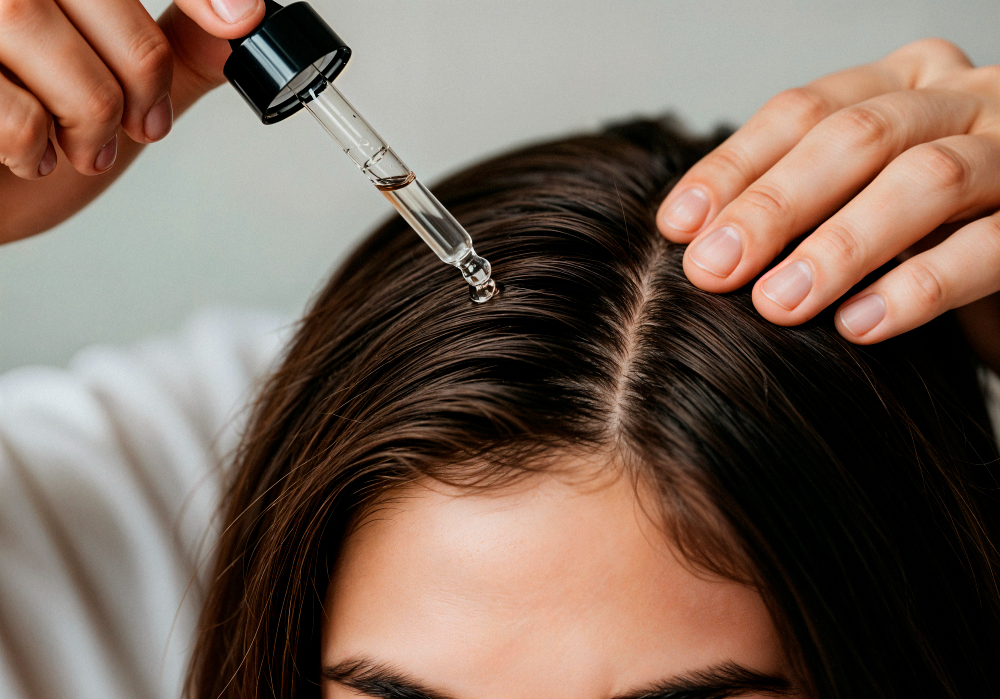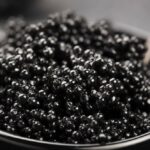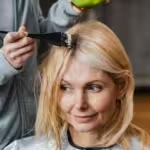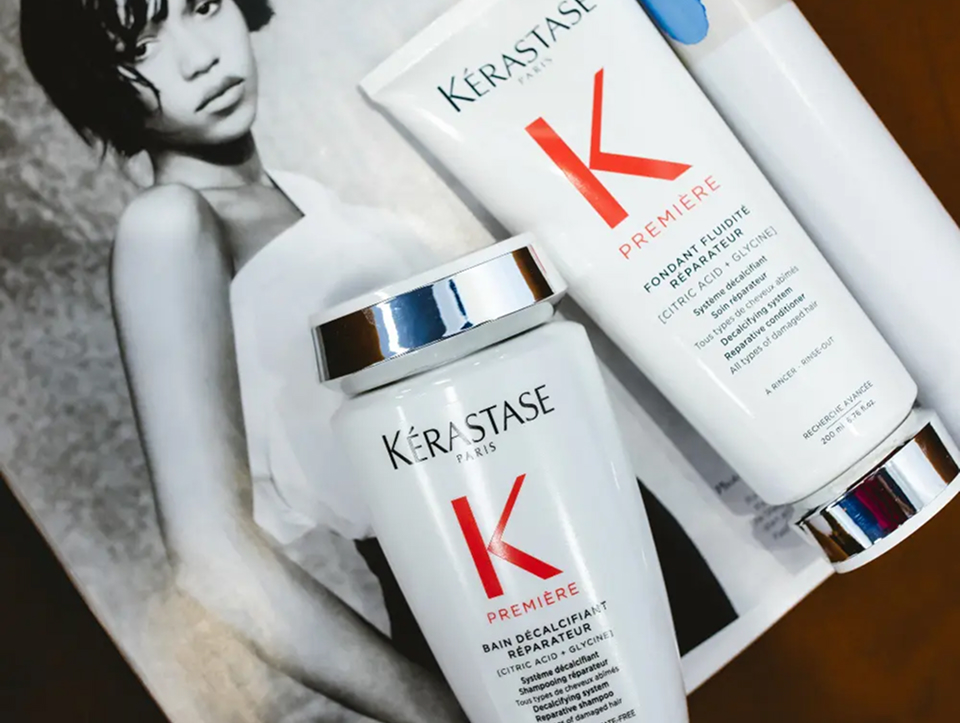Are you struggling with dry, brittle strands or an itchy scalp?
You’ve probably seen the buzz about “hyaluronic acid for hair,” the hydration ingredient you know from your skincare routine. But does it deliver results on your scalp and strands, or is it just another trend?
Here at Haste, we believe in more than just buzzwords. We test, analyze, and apply solutions that improve hair and scalp health. In this guide, we break down what hyaluronic acid can (and can’t) do for your hair, backed by science, salon experience, and user results.
Let’s find out whether hyaluronic acid for hair is your next game-changer or better left on the shelf.
What Is Hyaluronic Acid?
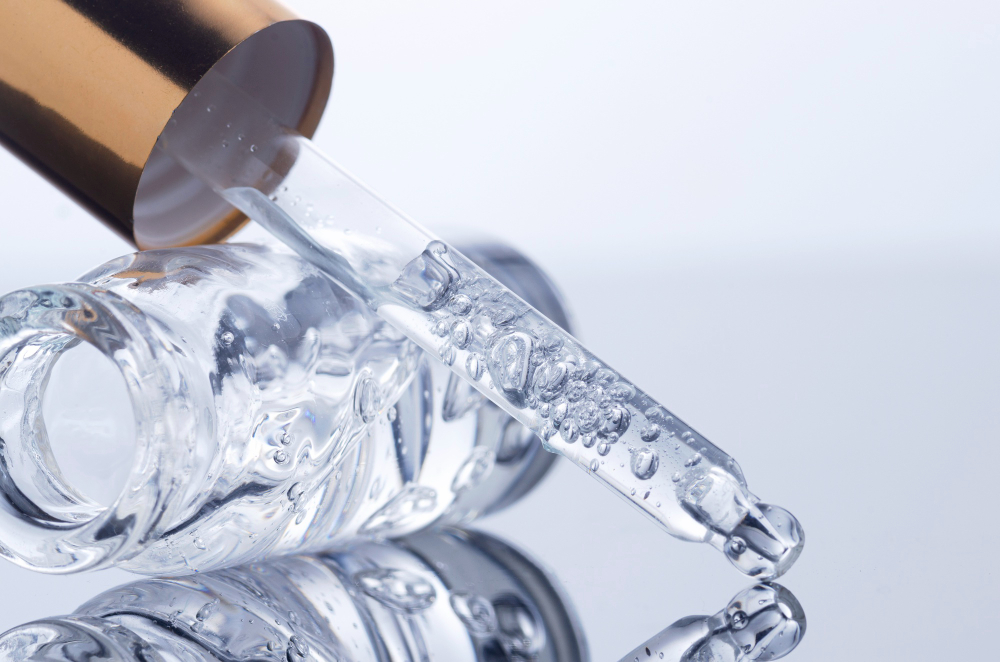
Hyaluronic acid (HA) is a naturally occurring sugar molecule found in the skin, eyes, joints, and connective tissue.
As a powerful humectant, HA holds up to 1,000 times its weight in water, making it a moisture magnet that draws hydration into whatever surface it touches, including your hair and scalp.
✨Check out what a scalp serum is and how it can improve scalp health here.
How It Works in Hair Care:
Rather than coating your strands like oils do, HA dives deep:
- Attracts moisture from the air
- Binds water to the hair shaft
- Plumps each strand from the inside out
- Calms and moisturizes the scalp
Hyaluronic acid for hair is lightweight, non-greasy, and safe for all hair types, whether you’re rocking fine waves or dense coils. Like many ingredients we use in scalp hydration and health, HA is valued for its ability to draw moisture into both skin and hair.
📖 Research Highlight: A 2021 in vitro study found that non‑crosslinked hyaluronic acid fillers increased VEGF secretion and protected dermal papilla cells from oxidative stress—promoting hair follicle health and supporting potential hair growth.
Key Benefits of Hyaluronic Acid for Hair
| Benefit | How It Helps |
| Deep Hydration | Rehydrates dry, brittle strands from root to tip |
| Scalp Relief | Soothes dryness, itchiness, and flakes |
| Less Breakage | Improves elasticity, reducing split ends and snaps |
| Frizz Control | Smooths rough cuticles and locks in moisture |
| Curl Definition | Helps coily and curly hair retain shape and bounce |
| Color Longevity | Prevents moisture loss after chemical processing |
Looking to pair HA with other hydrating heroes? Explore our deep conditioning treatments for a complete moisture-repair routine.
Who Should Use Hyaluronic Acid on Hair?

Pretty much everyone can benefit from adding hyaluronic acid to their hair care routine, but it’s especially great for:
- High porosity hair that loses moisture quickly
- Color-treated or bleached hair in need of rehydration
- Curly and coily hair types that crave moisture
- Aging hair that’s becoming thinner and drier over time
If your hair often feels dry despite your best efforts or if you’re looking to maximize moisture retention, HA might be the missing ingredient.
✨ Also, learn how you can use a hair serum to strengthen your hair.
Best Hyaluronic Acid Hair Products in 2025
While hyaluronic acid works in serums and treatments, certain products make it easier to apply and maintain hydration. Popular options in the USA include:
| Product | Best For | Notes |
|---|---|---|
| Hyalusilk Ampoules | Deep hydration for all hair types | Lightweight, easy to layer with leave-ins |
| Elvive Hydra Hyaluronic Shampoo | Daily cleansing with added moisture | Works well for color-treated hair |
| Novex Hyaluronic Powermax | Intensive hydration and frizz control | Ideal for thick or curly hair |
| Avyna Hydro Active Hair Treatment | Hydration boost for dry ends | Can be used pre- or post-shampoo |
How We Use It in the Haste Hair Spa
We’ve integrated HA into several customized treatments for deep moisture and recovery:
1. Steam Infusion Treatments
We combine hyaluronic acid serums with steam therapy to help them absorb more deeply into the scalp and hair shaft.
2. HA-Infused Deep Conditioners
Our masks combine HA with botanical extracts and nourishing oils to create a long-lasting moisture seal.
3. Post-Chemical Hydration
After color or relaxer services, we apply HA to replenish lost hydration, boost shine, and improve elasticity.
Want to make hyaluronic acid part of a hair care strategy? Discover how to incorporate HA into your routine using the LOC method, a time-tested approach to moisture layering that remains relevant in 2025.
💡 Check out these holiday hair care tips
4 Tips for Using Hyaluronic Acid in Your Hair Routine
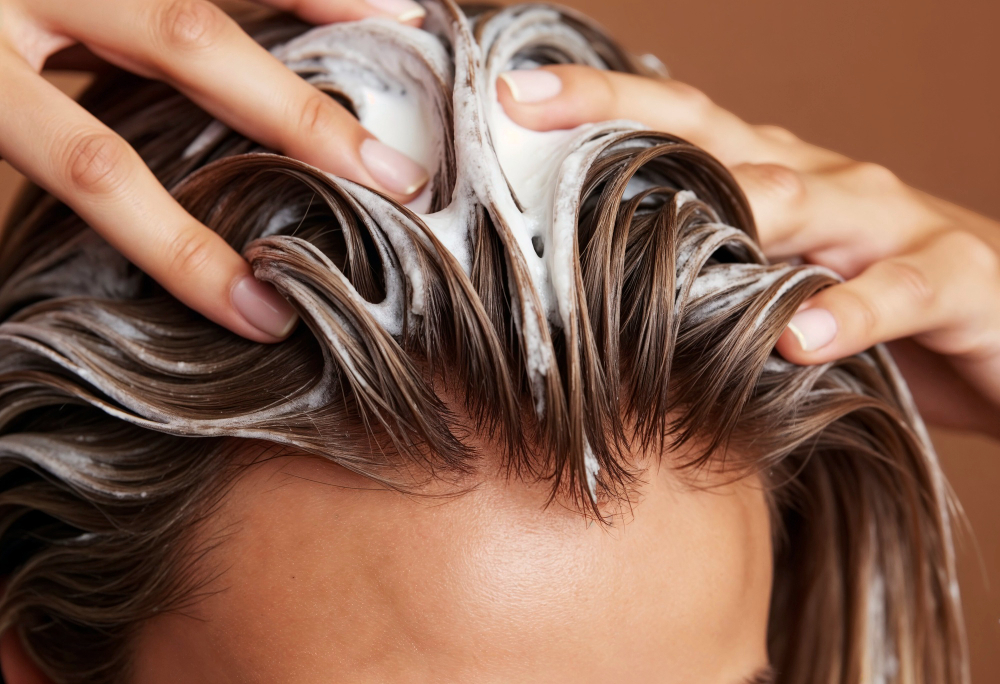
Want to incorporate this miracle molecule into your routine? Here’s how to do it right:
- Apply to damp hair: HA draws in moisture, so it’s most effective when applied to wet hair.
- Seal it in: Follow with an oil or cream-based product to lock in the hydration.
- Layer wisely: HA pairs well with glycerin, aloe vera, or panthenol for enhanced hydration.
- Avoid overuse: Like any humectant, excessive HA use without proper sealing can lead to dryness in low-humidity environments.
Pros and Cons of Hyaluronic Acid for Hair
| Pros | Cons |
| Hydrates dry or brittle hair | Needs to be sealed with oil or cream to prevent moisture loss |
| Improves scalp health and reduces flakiness | It may not be effective in dry climates without added humidity |
| Enhances shine, softness, and manageability | Results may take a few uses to become noticeable |
| Reduces breakage and frizz by improving hair elasticity | It can be drying if overused or not properly layered |
| Safe for all hair types, including curly, coily, and color-treated hair | Not a stand-alone solution—works best when combined with other ingredients |
| Lightweight and non-greasy | Not a replacement for deep protein or oil treatments |
| Pairs well with other actives like glycerin, aloe, and ceramides | Requires consistent use to maintain benefits |
Common Myths About Hyaluronic Acid for Hair
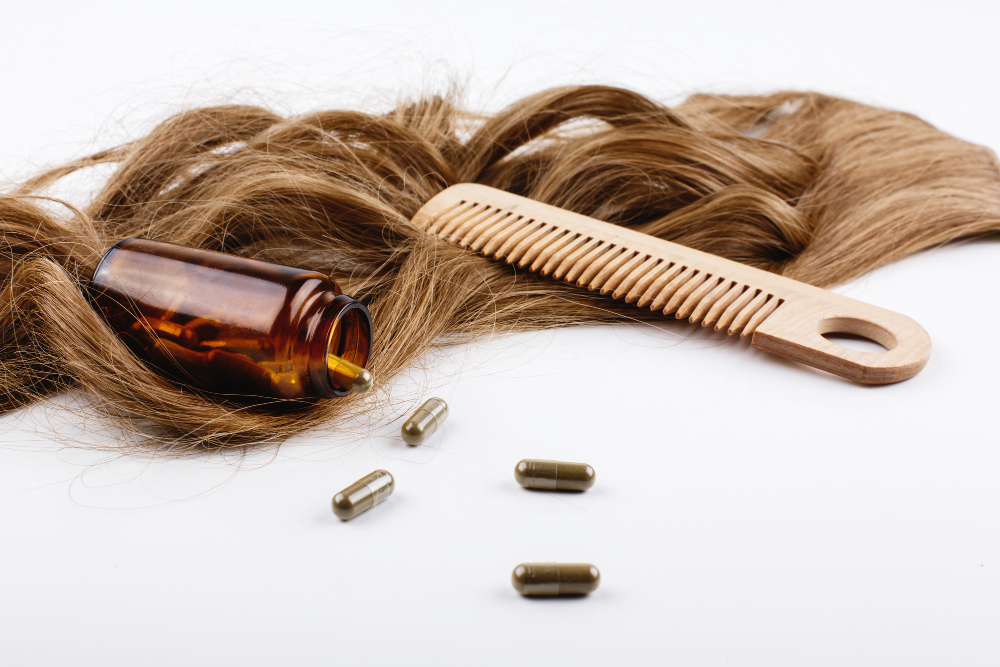
“It’s only for skin.”
False: While it’s a skincare staple, studies and salon results show that hyaluronic acid is equally beneficial for your scalp and strands. Dermatologists often recommend HA-based hair products to treat dry scalp and support healthy hair growth. Your scalp is skin, after all.
“It makes hair greasy.”
False: Unlike heavy oils or thick creams, HA is water-based and non-comedogenic, meaning it doesn’t clog pores or add grease. It delivers hydration without heaviness, making it perfect for even the finest hair textures.
“It’s not for textured hair.”
Completely untrue: curly, coily, and kinky hair types are among the biggest beneficiaries of HA’s moisture-binding magic. Textured hair is naturally drier due to the shape of its strands, making moisture retention more difficult. HA helps lock in hydration and enhance curl definition, mainly when used with rich leave-ins or creams.
“It’s just a trend.”
Not quite: While HA may be getting more buzz now, its use in hair care is backed by science. Brands are incorporating it into everything from shampoos to serums because of its proven ability to reduce transepidermal water loss (TEWL), increase elasticity, and improve softness over time.
🧪 Want science-backed proof? A 2023 polymer study using HA treatments showed a higher elastic modulus in chemically damaged hair than in untreated samples—indicating improved resilience.
Curious whether HA is just hype? Check out our breakdown of common hair care myths.
Hype or Holy Grail?
Hyaluronic acid for hair is worth the hype when used correctly.
If you’re tired of brittle ends, frizzy flyaways, or a flaky scalp, HA could be your go-to for hydration. It’s not a miracle cure, but it’s a powerful ally when paired with oils, proteins, and good hair habits.
At Haste, we love this ingredient because we see the difference it makes in our clients, not just in lab results.
💧 Ready to experience it yourself? Book a hydration-focused hair treatment with our stylists in Medford, MA, and feel the HA difference firsthand.
FAQ
Can I use hyaluronic acid on my hair every day?
Yes, but use it wisely. Daily application of a lightweight HA spray or serum on damp hair can be beneficial, ensuring it’s sealed in with a moisturizer or oil.
Can hyaluronic acid repair split ends?
HA doesn’t “heal” split ends, but it improves hair elasticity and hydration, which can reduce further breakage and make strands look smoother.
How should I layer hyaluronic acid with oils and creams?
Apply HA to damp hair first, then seal it in with a cream or oil. This layering maximizes hydration and prevents the hair from drying out in low-humidity environments.
Can I mix hyaluronic acid with other products?
Yes, it works well with oils, butters, and proteins. Just remember to layer HA first, then seal.
Which hyaluronic acid product is best for curly hair?
Curly hair benefits most from lightweight, water-based HA serums or ampoules that can be layered with creams or oils. Products like Hyalusilk or Novex Powermax help retain curl definition and reduce frizz.
Does hyaluronic acid make hair greasy?
No. HA is water-based and non-greasy, making it suitable for all hair types, including fine and textured hair.

